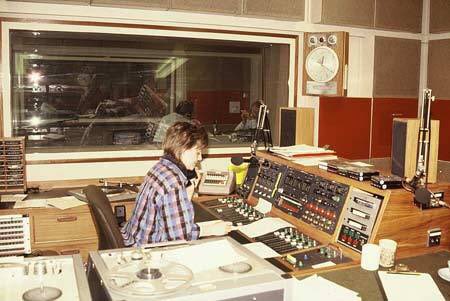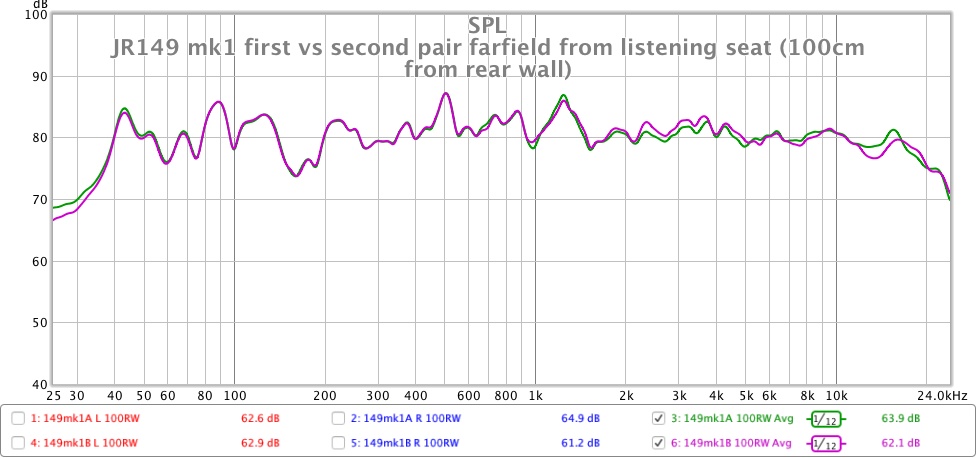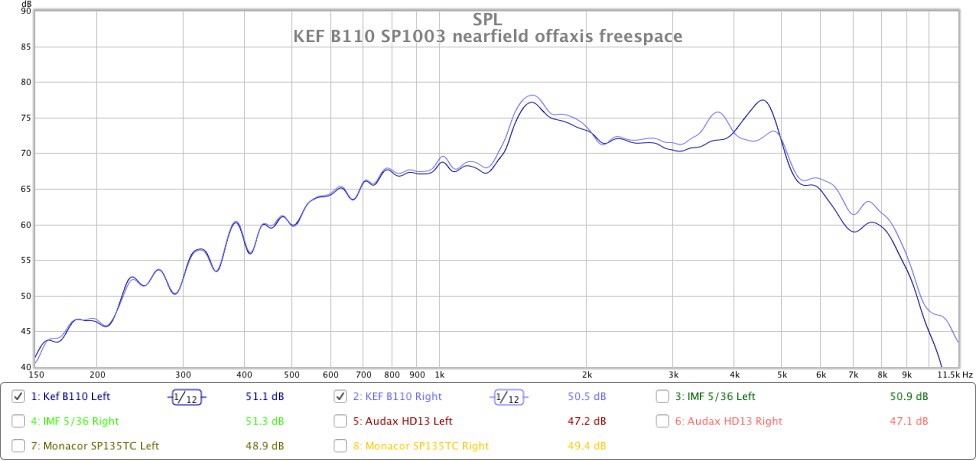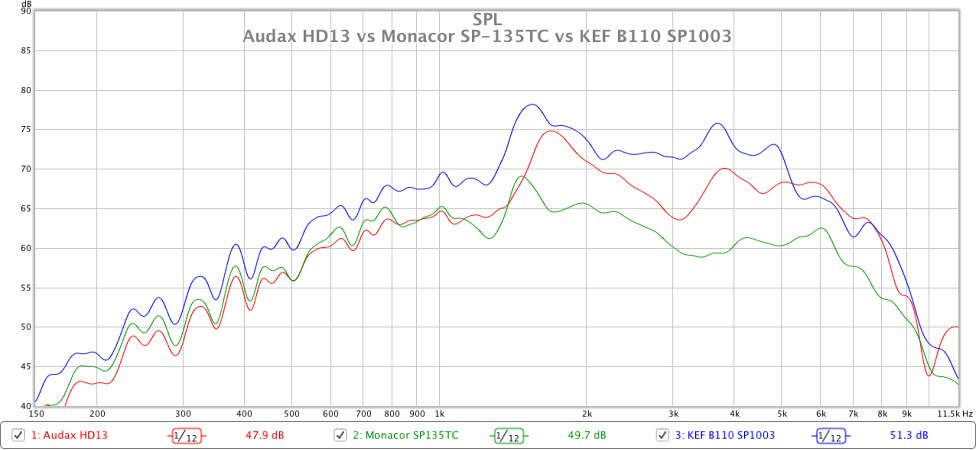Tony L
Administrator
Of my many amps, the Grant works best with the Spendor LS3/5As. However it doesn't fill the lower-mid gap. It smooths over the slight graininess I hear in both the LS3/5A and the JR149.
I love the sound of the LS3/5As with either Leaks (TL12+ or Stereo 20) and on the 303 downstairs. They sound a bit boring and dead on the Pass Aleph 3 though, which the JR149s seem to prefer as it is just so smooth and clear over the mid (the 149s are a little mid-forward in my installation).
Thinking aloud:
I wonder if the LS3/5a might suffer from thermal effects. For the same SPL as a JR149, the LS3/5A will need to dissipate rather more heat inside the cabinet. The JR has a metal cabinet which must be more efficient at removing heat than the wooden sealed box of the 3/5A.
Drive unit parameters change significantly with temperature. I wonder if the sound of the LS3/5A changes quite a bit over a period of use?
I don’t notice any ‘warm up character’ at all with either speaker beyond the initial burn-in phase with my 149s after restoring the crossovers and replacing the drivers where they certainly relaxed over the first month or so. I feel I play them both well within their performance envelope though, I’d be surprised if even the fastest transient peaks were over about 90db or so, my median C-weighted level around 75-80db at the listening seat. There is a resistor in both the LS3/5A and JR149 crossover which is known to get very hot if the speaker is asked to do more than it wants. A spare pair of 149 crossover boards actually had a burned area on the PCB, and I believe similar occurs with some LS3/5As. I’m sure the B110 will warm up a bit after a few hours use, but I don’t personally hear any character changes.





